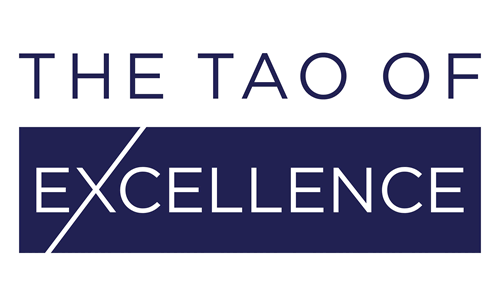“Healthcare is basically a process industry. As any professional manager from such an industry would know, smooth procedures with a minimum of pause or interruption is key to keeping costs low!”[1]
—The Euro Health Consumer Index, 2018
This year, the Euro Health Consumer Index 2018 (EHCI) from the Health Consumer Powerhouse (HCP) named Switzerland as the top healthcare system in Europe. An accolade that has also been recognised outside of the EU in the U.S. News and World Report, which named Switzerland as the “best country” overall for the second year in a row earlier this year—in large due to its healthcare system.
Switzerland’s top position in the 2018 EHCI marks the first time in ten years that The Netherlands has not received highest score. This is in part due to the HCP updating two of its quality indicators to take mental health facilities (access to paediatric psychiatric help and the inclination of the trend line of suicides) into greater consideration.
Yet, the improvement or introduction of new indicators in the EHCI is not unusual. Every year, the HCP evaluates and adjusts the index to ensure it remains a challenge so that it can continue to be used to improve healthcare systems across Europe.
The 2018 index analysed data from 35 countries using 46 indicators across six main sub-categories: Patient Rights and Information, Accessibility (waiting time for treatment), Outcomes (result of treatment), Range and Reach of services (“Generosity”), Prevention and use of Pharmaceuticals (access to new medicines).
Information is collected from both national and international sources to supply the index with the most recent and/or high precision data, and cites sources such as the OECD Health, the ECDC, WHO databases, Eurobarometer Special Surveys, surveys commissioned by the HCP and scientific papers that use well-defined and established methodologies.
Interestingly, Switzerland was the only country this year to score all ‘Green’ on Accessibility (the EHCI uses a traffic-light system of Green = good, Amber = so-so and Red = not-so-good)—which is the key factor the country took the index’s top position. Switzerland’s high score for Accessibility is partly due to the ‘consumer-driven’ structure of its healthcare system, but also its drive to improve and innovate the processes, policies and procedures of its healthcare system.
This year, the European Commission named Zϋrich in Switzerland as the most innovative region in Europe. This approach was perhaps most recently demonstrated by the announcement that its top university hospitals are currently working to reduce the cost of cancer cell therapy by up to a third by bringing the procedure in-house, rather than outsourcing the treatment—thereby increasing the accessibility of treatment and potentially freeing funds for reinvestment.
Using data collection to find ways to harmonise procedures, speed up processes and increase productivity directly contributes to the accessibility of resources and the continuous improvement of a system to secure its future. As the EHCI states, “Healthcare is basically a process industry… smooth procedures with a minimum of pause or interruption is key to keeping costs low!”
Last year, the Federal Office for Public Health outlined in its Comparisons and Analyses of Health Systems (supported by the Federal Statistical Office (FSO) and platforms such as opendata.swiss) that “Switzerland uses comparisons and analyses to identify the strengths, weaknesses and challenges of its health system.”
Its drive to use data analytics make the Swiss healthcare system more cost-effective, streamlined, agile and able to invest in new technologies and therapies is central to its initiatives to futureproof against the challenges that are likely to create new demands within the system, such as supporting an ageing population and the increase in chronic diseases. Challenges and observations that have already been incorporated into the Swiss Health 2020 healthcare strategy.
According to The Sustainability Index—created by FutureProofing Healthcare using data collection and analysis tools—a sustainable healthcare system relies on five elements: accessibility, the performance of outcomes, innovation, quality measures and resilience in meeting the needs of its population.
In this context, data analytics and the implementation of new software that can intelligently streamline processes and procedures in healthcare (reducing costs and increasing safety and quality, as well as evolving into a more personalised and digital healthcare system) will reduce waste and free up resources for the future.
Contact The Tao of Excellence to learn more about the data analytics services we offer for medical device manufactures, and to access our specialist data platform that gives users:
- access to the wealth of global and public medtech data available in a unified space;
- analytical tools to better read and predict the medtech market;
- the ability to confidentially analyse their company’s data in relation to the wider market.
Using the same data analytic tools and techniques currently being applied by the top healthcare system in Europe (and one of the top healthcare systems in the world) is an intelligent move for manufactures to make to better support the healthcare system and futureproof their company’s portfolio.

Phone
+41 52 685 51 65
Email
meetus@taoexcellence.ch
Did you like this article? Follow us on LinkedIn and Twitter!
[1] Health Consumer Powerhouse, Euro Health Consumer Index 2018

